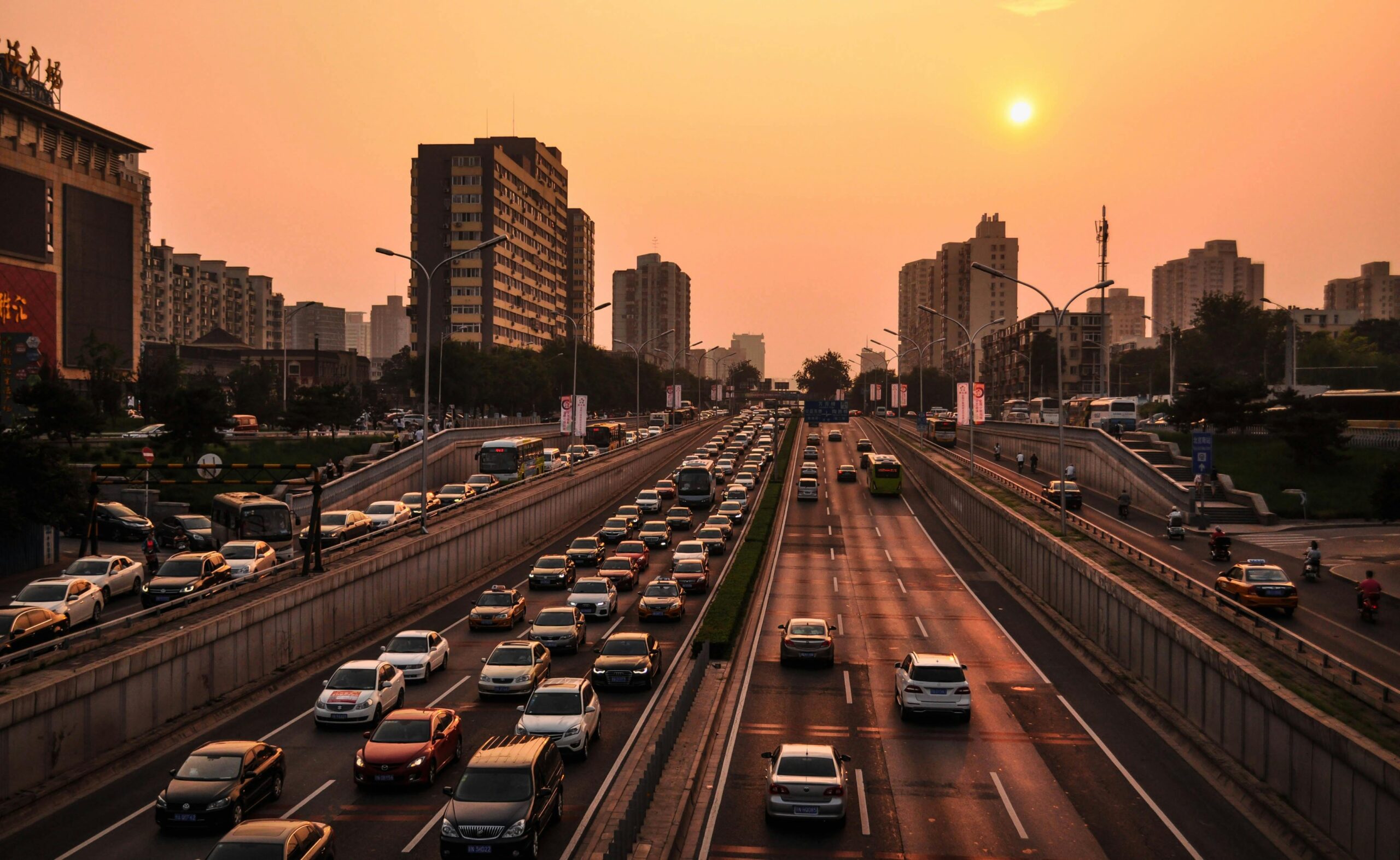Urban mobility has undergone a remarkable transformation over the past decades, driven by the relentless pace of technological advancements and the growing need for sustainable urban development. The rise of smart cities has further accelerated this evolution, reshaping how residents navigate through metropolitan areas. By seamlessly integrating innovative technologies with intelligent urban design, smart cities are redefining the future of transportation.
Understanding the Smart City Concept
Smart cities leverage digital technologies, data analytics, and interconnected infrastructure to enhance the quality of life for their citizens. These cities prioritize efficiency, sustainability, and inclusivity across various sectors, with transportation standing out as one of the most critical aspects. The adoption of IoT devices, AI-powered systems, and real-time data sharing forms the backbone of these futuristic urban landscapes.
The Role of IoT in Transportation
The Internet of Things (IoT) has emerged as a cornerstone for modernizing transportation networks. Sensors installed in vehicles, roads, and public transit systems collect valuable data that aids in optimizing traffic flow, reducing congestion, and improving overall safety. These interconnected systems provide actionable insights that pave the way for more efficient urban mobility solutions.
AI and Predictive Analytics for Better Traffic Management
Artificial Intelligence (AI) plays a pivotal role in managing transportation systems within smart cities. Predictive analytics harness data to anticipate traffic patterns, suggesting alternative routes or modes of transit. This not only enhances convenience but also significantly reduces travel time and environmental impact.
Historical Perspectives on Urban Transport
Before delving deeper into modern developments, it is essential to understand how urban transport has evolved over time. From horse-drawn carriages to the advent of automobiles and, eventually, electric trains, each era brought forth solutions tailored to its unique challenges. Today, we stand on the brink of yet another transformative era driven by digital innovation.
From Traditional to Intelligent Systems
The transition from traditional transportation methods to intelligent systems is characterized by the integration of automation and connectivity. Early reliance on fossil fuels is gradually being replaced by electric vehicles and renewable energy-powered transit systems. This shift underscores a growing emphasis on sustainability and environmental conservation.
Sustainable Transportation Solutions
One of the key pillars of transportation evolution in smart cities is sustainability. With growing concerns about climate change and depleting natural resources, the push for green mobility has never been stronger.
Electric and Hybrid Vehicles
Electric and hybrid vehicles are at the forefront of the sustainable transport movement. Governments and private organizations are investing heavily in EV charging infrastructure to encourage widespread adoption. These vehicles not only reduce greenhouse gas emissions but also offer lower operating costs for consumers.
Shared Mobility Services
The rise of shared mobility platforms, such as bike-sharing, carpooling, and ride-hailing, has revolutionized urban transit. These services reduce the number of vehicles on the road, easing congestion and lowering emissions. Additionally, they provide affordable transportation options for urban dwellers.
Public Transit Innovations
Public transportation systems are being reinvented with smart features like contactless payments, real-time tracking, and autonomous buses. These enhancements aim to make public transit more reliable, efficient, and user-friendly, further promoting its use.
Transportation Technologies Driving Change
Cutting-edge technologies are the driving force behind modern transportation solutions. These innovations address long-standing urban mobility challenges while introducing unprecedented levels of convenience and safety.
Autonomous Vehicles (AVs)
Autonomous vehicles, or self-driving cars, are rapidly transitioning from concept to reality. Leveraging advanced sensors, machine learning algorithms, and precise mapping technologies, AVs promise to reduce accidents caused by human error and transform urban mobility.
Hyperloop Systems
Hyperloop technology, still in its experimental phase, represents the future of ultra-fast travel. By using magnetic levitation and low-pressure tubes, hyperloop systems have the potential to connect cities within minutes, revolutionizing long-distance transit.
Smart Traffic Lights
Adaptive traffic signals powered by AI optimize vehicle movement, significantly cutting down on wait times and reducing fuel consumption. By dynamically adjusting to real-time traffic conditions, these systems enhance the overall efficiency of urban transport.
Challenges in Modernizing Urban Transport
Despite the significant progress in smart city transportation systems, certain challenges remain. Overcoming these obstacles is essential to ensure that the benefits of technological advancements are universally accessible.
Infrastructure Limitations
Upgrading existing infrastructure to accommodate new technologies often requires substantial investment and time. Many cities struggle to secure the necessary funding or find innovative solutions to retrofit older systems.
Data Privacy and Security
The extensive use of IoT devices and connected systems raises concerns about data privacy and cybersecurity. Protecting sensitive information while maintaining transparency is crucial for building trust among citizens.
Equity and Accessibility
Ensuring that smart transportation solutions are inclusive and accessible to all segments of society is vital. Urban planning must account for the needs of underprivileged communities, elderly residents, and individuals with disabilities.
The Role of Policy and Governance
Effective policymaking and governance play a significant role in driving the transportation evolution in smart cities. Governments must collaborate with private stakeholders, technologists, and citizens to develop frameworks that support innovation while addressing social and environmental concerns.
Public-Private Partnerships (PPPs)
PPPs have proven successful in accelerating the deployment of smart transportation infrastructure. These collaborations enable cities to leverage private-sector expertise and funding for large-scale projects like autonomous bus networks and EV charging stations.
Urban Planning for a Sustainable Future
Comprehensive urban planning is essential for integrating transportation innovations into the broader smart city framework. Policies must focus on reducing urban sprawl, promoting mixed-use developments, and encouraging active transportation modes such as walking and cycling.
The Future of Transportation in Smart Cities
Looking ahead, the future of transportation in smart cities appears incredibly promising. The convergence of advanced technologies and sustainable practices will continue to reshape urban mobility in ways previously unimaginable.
Integration of Multi-Modal Transport
Seamlessly integrating different modes of transportation is key to building efficient transit ecosystems. Smart city initiatives prioritize the development of multimodal hubs where residents can switch between buses, trains, bikes, and EVs with ease.
Personalized Mobility Services
AI-driven algorithms enable personalized mobility services tailored to individual needs. From optimized ride-sharing routes to customized travel recommendations, these advancements aim to enhance convenience and satisfaction.
Carbon-Neutral Urban Mobility
As smart cities evolve, the ultimate goal is achieving carbon-neutral urban mobility. By combining renewable energy sources, efficient public transport systems, and green logistics solutions, cities can drastically reduce their environmental footprint.
Conclusion
The evolution of transportation in smart cities is an ongoing journey, marked by significant strides in technology and sustainability. As urban areas continue to expand, the importance of innovative mobility solutions cannot be overstated. By addressing challenges head-on and fostering collaboration among stakeholders, smart cities can ensure a future where transportation is not only efficient but also equitable and eco-friendly.
Read more about technology here
Read more about science here
Image credits https://www.pexels.com

